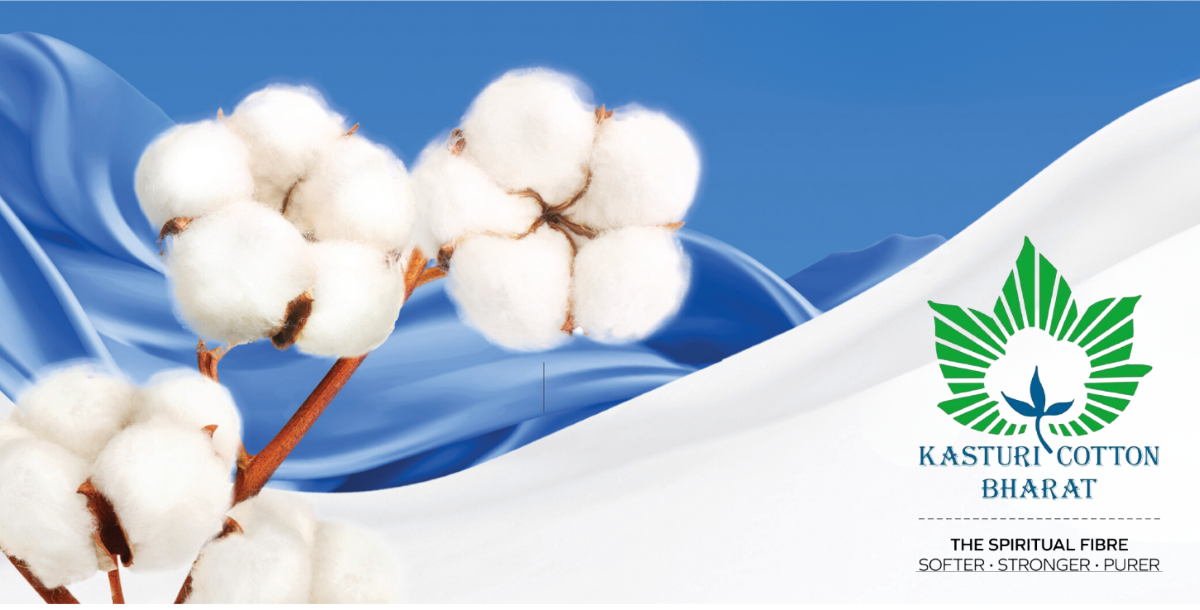Capitalizing on Opportunity: India's path in the global cotton market

In a crucial shift away from traditional sourcing hubs like China, Western retailers are increasingly turning their towards new textile frontiers. Among these emerging contenders, India stands strong with its rich textile heritage and a robust cotton-producing base, presenting a golden opportunity to reshape the global cotton trade landscape.
A shifting global trade dynamic
Driven by geopolitical tensions, concerns over forced labor in Xinjiang, and the strategic imperative of diversifying supply chains, Western retailers have begun reducing their dependence on Chinese cotton. This has created a significant void, one that countries like Vietnam and India are eagerly looking to fill.
India, in particular, has seen notable growth in its cotton textile exports, marking a 20 per cent year-on-year increase from April to December. Key segments such as cotton yarn, fabrics, and apparel have shown good gains, underscoring India's potential as a formidable player in the global market.
Advantages and challenges
India boasts of several inherent advantages that strengthen its position: a vast domestic cotton production base, a skilled workforce adept in textile manufacturing, and a well-established industry supported by proactive government policies. These factors provide a solid foundation for expansion into international markets.
However, challenges loom large. Indian cotton prices currently exceed those of US counterparts, posing a competitiveness hurdle. The dominance of the higher-priced Shankar-6 variety, priced significantly above global benchmarks, necessitates strategic pricing adjustments to enhance market competitiveness.
The rise of Kasturi Cotton
Amidst these dynamics emerges the transformative 'Kasturi Cotton' initiative, a collaborative effort spearheaded by India's Ministry of Textiles, the Cotton Corporation of India, and industry stakeholders. This initiative aims to establish Kasturi Cotton as a globally recognized brand synonymous with quality, reliability, and sustainability.
Utilizing blockchain technology for traceability and quality assurance, Kasturi Cotton ensures transparency across the supply chain. By emphasizing sustainable farming practices and adhering to stringent quality standards, this initiative not only enhances product credibility but also cultivates a premium market positioning for Indian cotton globally.
Strategic imperatives for India
To capitalize on the current momentum, India must adopt a multifaceted approach:
- Increase price competitiveness: Innovate farming techniques, improve seed quality, and optimize supply chain efficiencies to reduce production costs.
- Strengthen export infrastructure: Upgrade logistical capabilities and port facilities to streamline exports and reduce transactional friction.
- Focus on value addition: Move up the value chain by producing high-quality, value-added textile products that cater to discerning global markets.
- Promote sustainability: Embrace sustainable practices to meet rising demand for eco-friendly products and align with global sustainability goals.
- Leverage government initiatives: Maximize benefits from government schemes aimed at bolstering textile exports and supporting industry growth.
- Diversify market reach: Explore untapped markets beyond the US and EU, leveraging emerging opportunities in regions craving high-quality textiles.
- Adapt to e-commerce trends: Respond agilely to shifts in global trade dynamics, particularly in e-commerce, to capitalize on evolving consumer behaviors and regulatory changes.
As India navigates the complexities of the global cotton market, leveraging its strengths while addressing challenges will be pivotal. The Kasturi Cotton initiative symbolizes a transformative step towards securing India's place as a premier player in global cotton trade, poised to meet the burgeoning demand for sustainable, high-quality textiles. With strategic foresight and proactive measures, India can indeed carve out a compelling narrative in the evolving global textile landscape.
